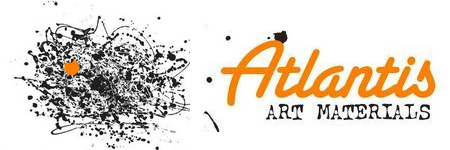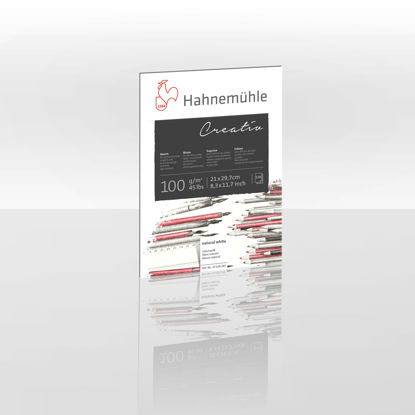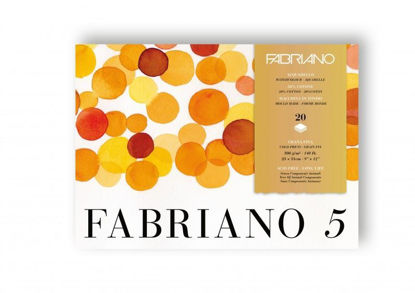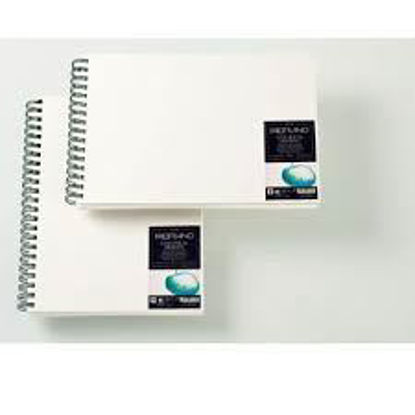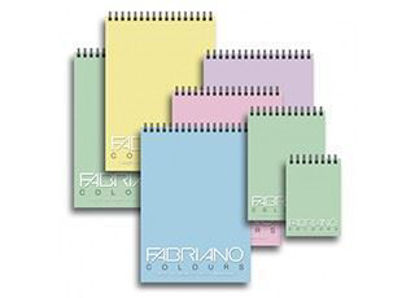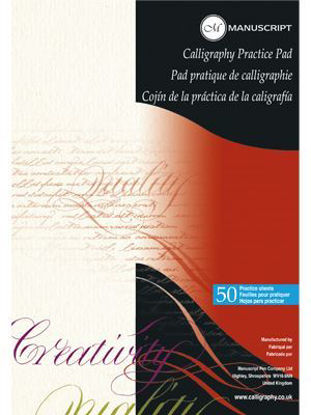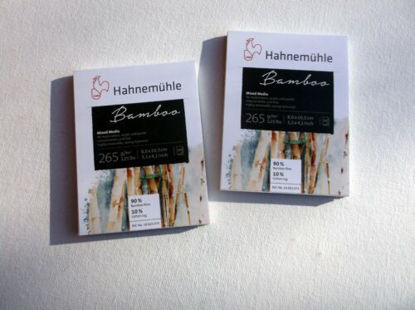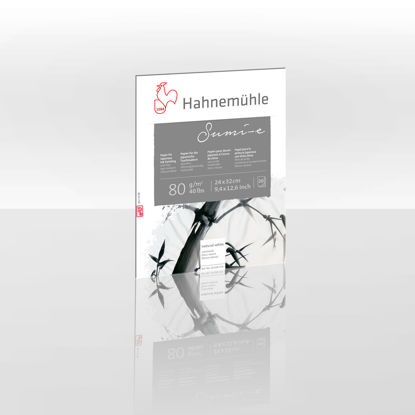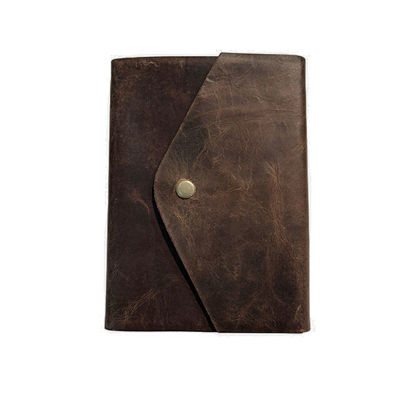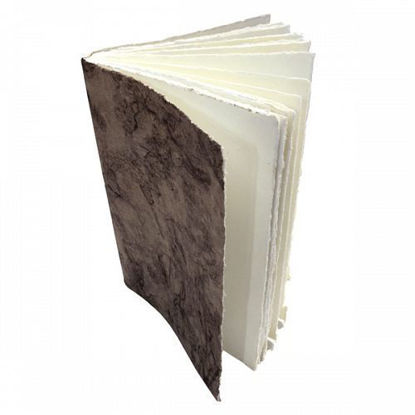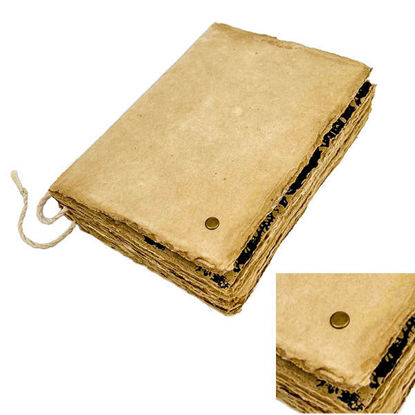You have no items in your shopping cart.
Blocks
Μπλοκ Hahnemuhle Ingres για παστέλ, 24x31cm
Hahnemühle Ingres Pastel offers pastel artists the perfect surface. Designed for this specific artistic technique, the Ingres Pastel 100 gsm paper has fine ridges and a slightly rough surface. It allows even colour adherence without using a lot of pressure, producing precise and colour-intensive results. Thanks to the exclusive use of high-quality pigmented colours in the production of this paper, Ingres Pastel boasts exceptional lightfastness. It is ideal for pastels, pencils and red chalk.Hahnemühle Ingres Pastel is available as a pad in white or nine different shades. The sheets are available in 9 shades ( see the picture ). Hahnemühle Ingres Pastel is acid-free and age-resistant. Contains 20 sheets.
€10.60 incl tax €7.90 incl tax
Μπλοκ Hahnemuhle Ingres για παστέλ, 30x40cm
Hahnemühle Ingres Pastel offers pastel artists the perfect surface. Designed for this specific artistic technique, the Ingres Pastel 100 gsm paper has fine ridges and a slightly rough surface. It allows even colour adherence without using a lot of pressure, producing precise and colour-intensive results. Thanks to the exclusive use of high-quality pigmented colours in the production of this paper, Ingres Pastel boasts exceptional lightfastness. It is ideal for pastels, pencils and red chalk.Hahnemühle Ingres Pastel is available as a pad in white or nine different shades. The sheets are available in 9 shades ( see the picture ). Hahnemühle Ingres Pastel is acid-free and age-resistant. Contains 20 sheets.
€17.80 incl tax €13.30 incl tax
Sketch Pad Creativ, 100 gsm
A fine, soft drawing paper with high volume. The fine matt surface structure allows for an even colour application. The natural white paper help to ensure the colours look soft and unencumbered. Suitable for all dry-painting techniques. The pads are available glued on top or spiral bound with micro perforation. In both cases, once removed from the pad, the sheets conform to the exact specified format size. Acid free and with high longevity.
€11.60 incl tax
Fabriano 5, block 300 gr.
The Fabriano 5 paper is mould made of a valuable mixture of cotton (50%) and accurately sected raw material. The absence of acid guarantees the inalterability over time of the paper. Ideal for watercolour, tempera, gouache, acrylic, ink, charcoal, wax, graphite, felt-tipped pens, drawing and printmaking (etching, lithography and silk-screening), announcements and invitations. The watermark (only on sheets) reproduces the Fabriano logo and the inscription "50% COTTON".
€18.20 incl tax
FABRIANO ECOLOGICAL SPIRAL BOUND DRAWING BOOK A3
Drawing book with 70 sheets of 120 g / m² paper. Size 30 x 42 cm ( A3 ) Acid free paper, FSC certified recycled. Hard white cover made with recycled paper, spiral binding. Ideal for pencil, crayon, pen, china ink. Made in Italy
€19.20 incl tax
Fabriano Colour Pad, A4
Lively and fun line of coloured paper for sketches, notes and free creativity. FSC certified paper. 100 pages, 80 gms.
€6.80 incl tax €4.80 incl tax
Bamboo Carnet de Voyage, 265 gsm
90% Bamboo fibre, 10% Cotton rag · cold pressed The ring binder is the latest addition to Hahnemühle’s successful range of bamboo products. It’s a handy companion – for both hobby and professional use – in a landscape format and with practical coil binding. The natural-white artist paper with a unique surface is very well suited for different painting and drawing techniques as well as mixed media techniques. The bamboo paper is environmentally friendly, acid free and features a high longevity level. 15,3 x 25 cm, 15 sheets
€13.80 incl tax
Hahnemuhle Bamboo MiniPad, 8x10,5 cm, 265 gsm
90% Bamboo fibre, 10% Cotton rag · cold pressed The ring binder is the latest addition to Hahnemühle’s successful range of bamboo products. It’s a handy companion – for both hobby and professional use – in a landscape format and with practical coil binding. The natural-white artist paper with a unique surface is very well suited for different painting and drawing techniques as well as mixed media techniques. The bamboo paper is environmentally friendly, acid free and features a high longevity level. Contains 10 sheets.
€3.60 incl tax
Sumi-e pad, Hahnemuhle 24x32 cm
Hahnemühle FineArt has designed this special paper for Japanese Sumi-e painting. This very absorbent paper is ideal for “freestyle” brush painting. “Sumi” means “black ink” and “e” means both “path” and “painting”. The style of brush painting is both a simple and yet highly aesthetic drawing made of powerful, mostly chasing and rapidly executed lines. Patience and inner harmony are essential in brush painting to capture the spirit of the subject. Sumi-e is therefore not only an Asian painting technique but also a form of spiritual relaxation therapy. Sumi-e painting evolved in the 5th century from Chinese calligraphy. The main subjects are taken from nature. In the 12th century Zen monks brought the technique to Japan where even today Sumi-e painting has a decisive influence on lifestyle. 20 sheets - 80gsm.
€13.70 incl tax €10.70 incl tax
LLJ128 Βrun Nilgiri Leather Artist Journal - 17x21,5 cm
Qumran Notebook - 15x21cm Journal - 80pages of sewn 200GSM thick paper - 100% cotton rag handmade paper. Handmade in india. With it's thick and deckle edge paper it is an ideal support for dry and slightly wet techniques.
€38.40 incl tax
LLJ129-Terre - Qumrân Notebook
Qumran Notebook - 15x21cm Journal - 80pages of sewn 200GSM thick paper - 100% cotton rag handmade paper. Handmade in india. With it's thick and deckle edge paper it is an ideal support for dry and slightly wet techniques.
€12.90 incl tax
LLJ150 Carnet Flibuste 12.5 x 16.5cm
Flibuste Journal 12.5x16.5cm approx. – Paper cover. 200 sewn pages of handmade rag paper: 100% cotton, bistre color. Handmade in India. The handmade paper is made by hand, using the traditional frame method • Pure Rag • Made from 100% cotton fibers, obtained from the recycling of textile scraps from local industries •
€22.60 incl tax
Comic Book Paper A4, 135gr, 40 pages
Χαρτί για κόμικς, κατασκευασμένο από χαρτί 135gsm, προσφέρει μια λεπτή, λεία επιφάνεια που αντιστέκεται στη διαρροή μελανιού. Είναι ιδανικό για επαγγελματική ζωγραφική στο χέρι, δημιουργία κόμικς και εξάσκηση σε σκίτσα. Διατίθεται σε μέγεθος Α4, με κλίμακα που βοηθά στον διαχωρισμό των εικόνων και ενισχύει τη δημιουργική διαδικασία.
€4.60 incl tax
